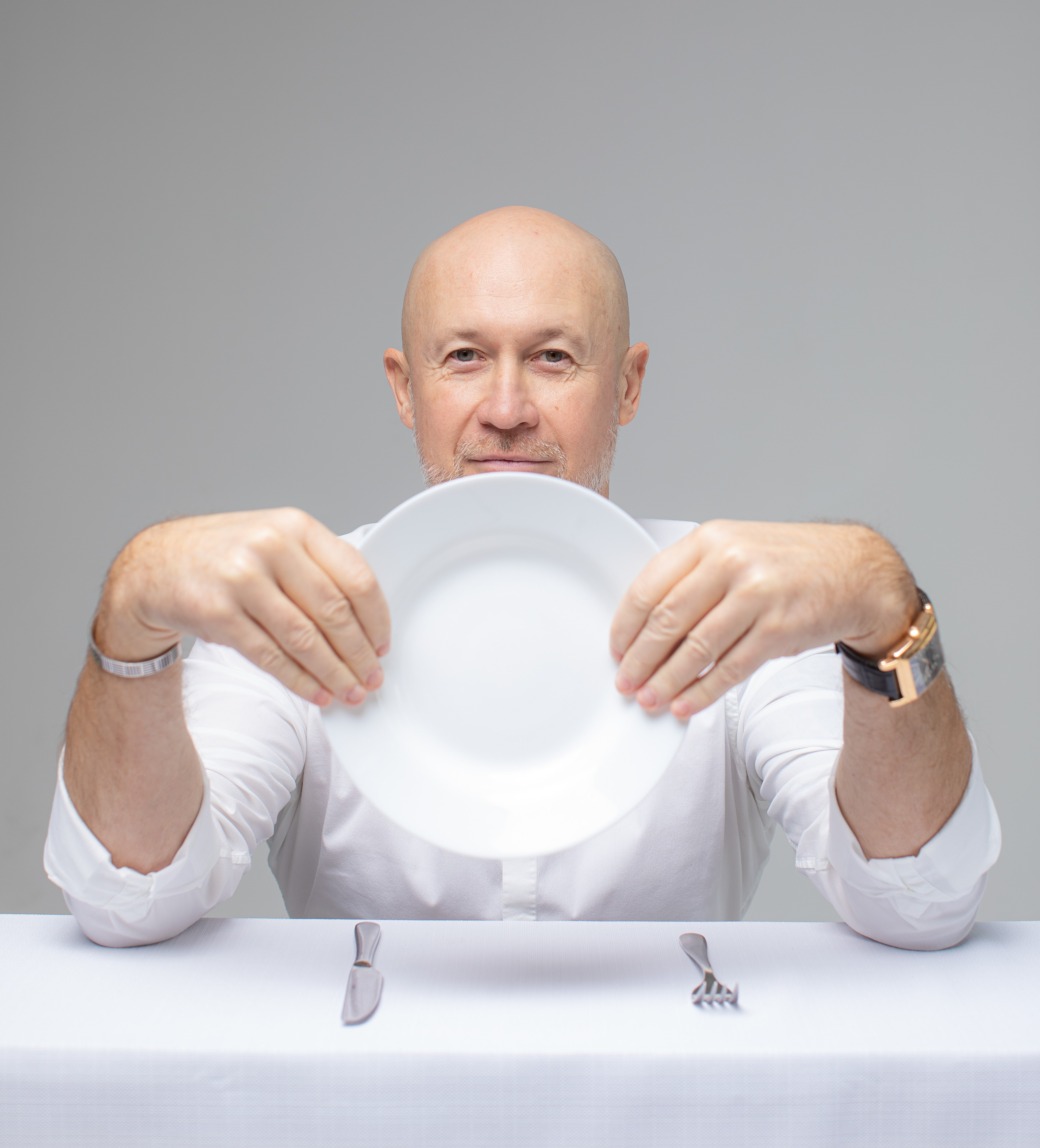THE MAIN TYPES OF FASTING: WHICH IS THE EASIEST AND WHICH IS MORE BENEFICIAL?

The practice of fasting is gaining popularity in the world. And for good reason: in my experienc, I am convinced of its effectiveness and beneficial effect on both physical and mental state. I practice ten-day fasting, which I stopped after a series of experiments. It suits me the best. However, for some people, this practice is too long and too difficultand for some, on the contrary, there is a desire and need to go into a longer food break. So, in order to know what to choose from, I suggest considering several main types of fasting.
Conditionally fasting can be divided into several main groups:
Conscious and unconscious, Dry and moist Preventive and curative Long-term and short-term.
I wrote about conscious and unconscious in the previous article. I will repeat briefly: in order for fasting to bring benefits, and not pain and suffering, it is important to set yourself up correctly. To be ready to devote enough time for the practice andprocedures and rules, provided by it. Conscious fasting is a gift to yourself, healing. The unconscious is a torture.
Wet and Dry
"Wet" fasting implies, that during the food break you drink water and come into contact with water. In addition, you do not just drink water, but drink a lot of water, significantly increasing your usual daily rate since it is important to maintain an adequate level of hydration during fasting. Consuming the sufficient amount of water helps the body to cleanse itself effectively from waste products and toxins, that are released during the breakdown of fats. As soon as the body begins to experience a shortage of glucose, it switches to the breakdown of fat reserves for energy. Water is a vehicle for removing waste and toxins. It supports kidney function and improves metabolism. There are different formulas for calculating the required daily amount of water relatively to body weight. The most common formula is 30-40 ml of water per kilogram of weight. I drink up to three liters of water a day. During fasting sessions - 3.5 - 4 liters.
Dry fasting is a powerful and complex practice, that is used to solve serious physiological and mental problems. It is believed that dry fasting accelerates metabolism, improves tissue recovery and destroys viruses and bacteria. The body is intensively engaged in internal cleansing. Under normal "full" conditions a large number of cells constantly die in it, the remains of which, unfortunately, remain in the body. In order to remove or process them, the body periodically needs breaks from eating. During the food pause it begins to use internal reserves, including the remains of dead cells, which, accumulating, can lead to the development of various diseases. In addition, energy is not spent on digesting food - all of it goes to fighting inflammatory processes. The effect is enhanced due to the fact, that the adrenal gland produces anti-inflammatory hormones. All these miracles happen both on dry and regular fasting. However, on dry land they are deeper and more intense. Some practitioners assure,that one day of dry fasting can be compared to three days of water fasting in terms of effectiveness. For me personally ten days on the water is much more comfortable than a few days "on dry land". I tried both types of dry fasting: normal and absolute. The usual thing is that you just don't drink water. It absolutely prohibits any contact with water - you can neither wash nor wash your face.Be careful to combine it with work, especially if you have to talk a lot.
Preventive and curative
Prophylactic fasting - the very name implies, that during this type of fasting session, processes, that ensure the prevention of many diseases,are started in the body. Fasting, lasting up to eighteen days, is considered preventive. It does not require any special conditions and supervision of a doctor - only compliance withthe mandatory procedures: tubage, enema, walks, physical exertion, etc. (I will write about them in details in the future publications).
Therapeutic fasting, accordingly, extends over a period of eighteen to forty days. It requires serious preparation, examinations, consultation and accompaniment of a doctor and also involves austerity - it is clear, that after the 30th day of fasting (and sooner earlier) you will not be able to lead a usual way of life.
This method is used to treat various chronic diseases, including autoimmune conditions, chronic inflammatory processes and metabolic disorders. Fasting for more than 21 days is also considered as one of the methods of prevention and treatment of oncology. Interesting research on this matter was organized at the American medical educational center Cedars-Sinai. Its authors found, that patients with severe forms of cancer felt better when fastingand chemotherapy was more effective and caused less damage to healthy cells. One of the organizers of the study, Jethro Hu, MD, logically explained this phenomenon. According to himone of the main molecular differences between cancer cells and healthy cells is that cancer cells consume significantly more glucose than normal cells.
When the amount of glucose in the body decreases - which, as we remember, happens during fasting - healthy cells switch to an alternative source of nutrition - ketones. Cancer cells, on the other hand, are not endowed with the ability to make such a metabolic switch. In addition to oncologytherapeutic fasting is used to fight another, not less terrible disease. The famous Soviet psychiatrist Yuri Nikolaev treated severe mental disorders in his patients by fasting. He argued that overeating overloads the nervous system while a food break can bring order to the brain. In the book "Fasting for the sake of health" he wrote: "Treatment by fasting is called an internal operation without a knife and nature operates much more finely than any surgeon, it preserves health and eliminates everything, that is painful." Under his leadership fasting was successfully used to treat mental and psychosomatic diseases. According to a number of studies fasting contributes to the production of hormones of happiness: the mood rises to the point of euphoria, the mental state stabilizes, the form becomes lighter and the rate of depression accelerates.
Long-term and short-term
The category of long-term fasting includes both preventive and curative. A food break of three days or more can be called conditionally long-term. Despite all the advantages and healing properties of this practice not every person is ready to enter it. That is why short-term fasting, which, in turn, is divided into continuous and interval fasting, is very popular (I would call them compromise).
Short-term intermittent fasting involves alternating meals and fasting. This is a fairly common method, as it is simple, quite effective (if the goal, for example, is to keep weight under control) and does not require special setup and preparation. Most often a food break during intermittent fasting lasts 14-16 hours and a person spends most of this time in sleep. What does it look like? It's simple: the last meal is at 6:00 p.m., breakfast not earlier than 8:00 a.m. And better – at 10.00. This time is enough to give the body a break from digesting food. In addition, the results of research, devoted to this topic, suggest, that after 12 hours of fasting, the body's self-cleansing process and some of the healing processes, I wrote about, start.
Of course, the effect of intermittent fasting is difficult to compare with the effect of a long-term food pause. However, this is one of the effective ways to maintain the health of your body, control your weight and look good. Short-term continuous fasting, unlike intermittent fasting, is a more serious practice, triggers more complex processes and requires awareness. Such fasting, conditionally, lasts from 36 hours to three days and does not include windows for eating. You need to set yourself up correctly: remember that this is a gift to your body, helping it to cleanse itself from everything superfluous and toxic. Short-term fasting does not require strict adherence to a schedule of procedures like seven- or ten-day fasting. However, when planning it, you need to think in advance about exiting the food break. What do I mean? Even after 36 hours of fasting you can eat a meatball or something similar and rush to the hospital. After three days - even more so! Therefore, the output should be very smooth - on light low-calorie food, juices, vegetables, kefir. This type of fasting can be tried as a workout.
